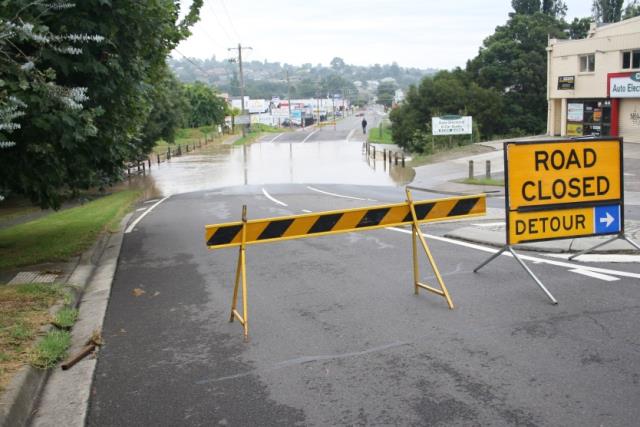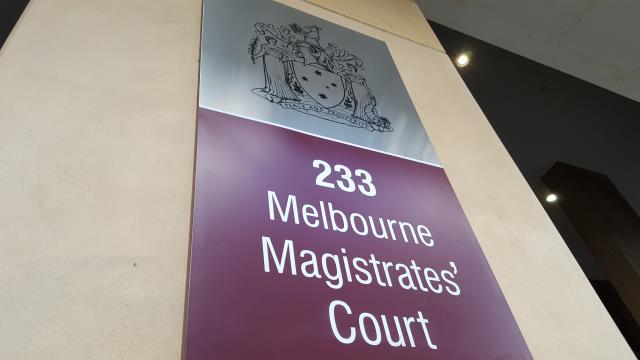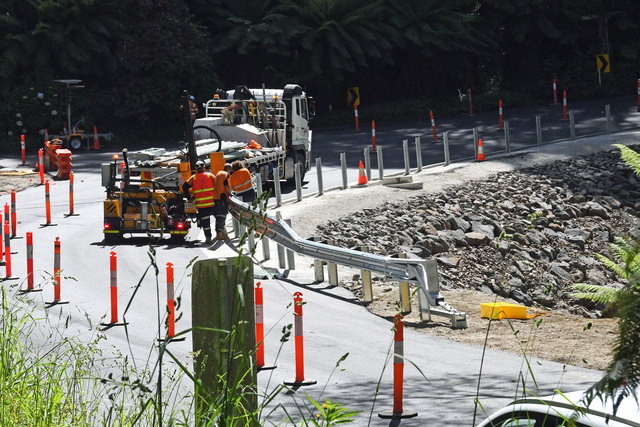A third La Niña event in as many years has been established in the pacific, The Bureau of Meteorology has declared.
The Bureau has raised the alert to declaration in it’s fortnightly Australian climate updates and key atmospheric and oceanic indicators show an established La Niña.
“Tropical Pacific sea surface temperatures have been cooling since June and are now at La Niña thresholds,” the bureau said.
“Atmospheric indicators including the Southern Oscillation Index (SOI), trade wind strength, and equatorial cloudiness are also displaying patterns typical of a La Niña event.”
La Niña increases the chances of above average rainfall for northern and eastern Australia and a peak is expected during spring and a return to neutral conditions is forecast for early 2023.
Emergency services have been preparing for a wetter than average spring following recent outlook releases and have expressed their desire for Victorians to start planning for an emergency now.
Flooding is of concern with water catchments already seeing a drenching over winter, starting spring at a high capacity already.
The bureau report also said the Southern Annular Mode (SAM) is currently in a positive phase during spring months, this means a wetting influence for parts of Victoria.
“Climate change continues to influence Australian and global climate. Australia’s climate has warmed by around 1.47 °C for the 1910–2020 period. Southern Australia has seen a reduction of 10–20 per cent in cool season (April–October) rainfall in recent decades.
“There has also been a trend towards a greater proportion of rainfall from high intensity short duration rainfall events, especially across northern Australia.”







